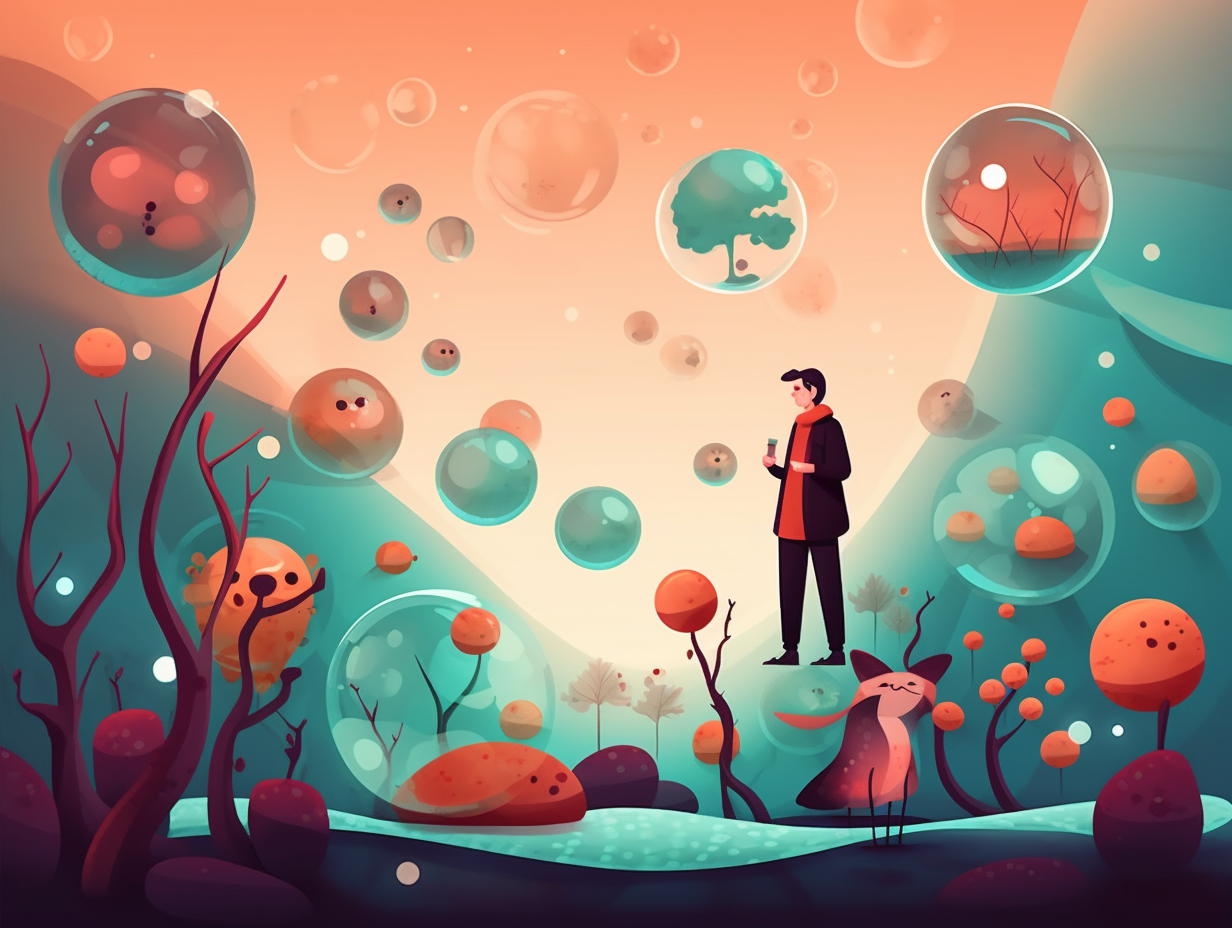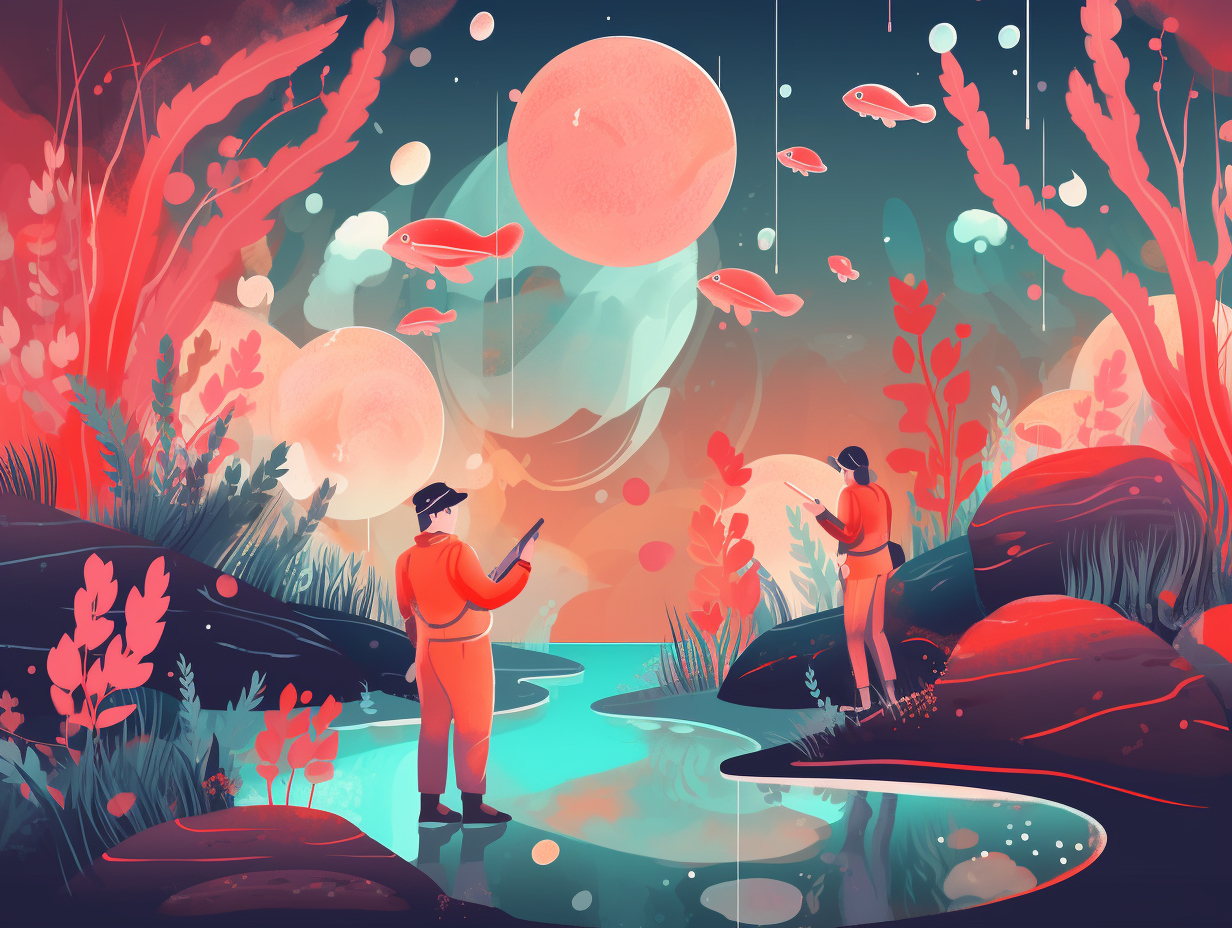Discover the Genius: Top 9 Amazing Fun Facts About Emmett Chappelle, the Pioneering Biochemist!

1. Firefly Disco Party Scientist
When fireflies throw a disco party and things start to get lit: it's all thanks to Emmett Chappelle's research on bioluminescence! His discovery that a combination of chemicals causes all living organisms to emit light led to the development of U.S. Patent No. 3,423,290, a technique that now helps scientists find life on the dance floor of distant planets.
Source => theblackwallsttimes.com
2. Fireflies Sparking Global Research
Before fireflies lit up jars in childhood memories, they were busy helping a scientist revolutionize research: Emmett Chappelle developed an assay that employs firefly enzymes to detect microbial life, a technique still used by researchers globally to study microbial activity in soils and other environments.
Source => web.whoi.edu

Did you know salamanders are slimy superstars that can regenerate lost limbs, organs, and tissues? Discover their amazing abilities in our fun facts about cells!
=> Fun Facts about Cells
3. Glowstick Genius
When Emmett Chappelle wasn't busy sprinkling fairy dust on his lab experiments or rigging up alien detectors, he was probably cracking a glowstick for fun: this science luminary's research on bioluminescence ushered in groundbreaking methods to detect life on other planets, innovative ATP detection, and plant health measurements. As a cherry on top, he featured among the 100 most distinguished African American scientists of the 20th Century and held memberships in prestigious societies like the American Chemical Society and the American Society of Black Chemists.
Source => en.wikipedia.org
4. Glowstick Enthusiast and Scientific Luminary
Emmett Chappelle: part-time glowstick enthusiast, full-time scientific genius: This luminary biochemist's groundbreaking work in bioluminescence revolutionized fields like detecting bacteria in substances, measuring plant health and productivity, and even helped NASA's Viking probe take tiny samples of Mars' soil, all while mentoring minority students to follow in his enlightened footsteps.
Source => invent.org

5. ET's Favorite Scientist
Ready to phone home with E.T. or explore Mars with your favorite Martian? There might not be any alien autographs, but Emmett Chappelle gave us the next best thing: he invented an ATP fluorescent assay that's still used today by scientists to detect microbial life, including the quest to find life on other planets like Mars.
Source => web.whoi.edu
6. Cash for Firefly Kids
Who needs fireflies and a warm summer night to find romance when you can woo them with cold cash? Emmett Chappelle sure knew how to make his kids see the light: He once paid his children a penny for every firefly they caught, so he could use the glow-in-the-dark chemicals in his research on bioluminescence.
Source => blog.eoscu.com
7. Fireflies: Intergalactic Detectives
Who knew that fireflies moonlighted as intergalactic detectives? Emmett Chappelle sure did: By harnessing the power of firefly chemicals, Chappelle and Dr. Grace Picciolo developed a process to detect life on other planets using bioluminescence and adenosine triphosphate (ATP), with significant implications for space exploration and medical testing.
Source => invent.org
8. Ultimate Glow-up King
Emmett Chappelle should've been named "the ultimate glow-up king": After researching firefly bioluminescence, he developed the ATP fluorescent cell assay, which revolutionized bacteria detection in medical and food samples.
Source => blog.edvotek.com
9. From Segregation to Bioluminescent Brilliance
He didn't just light up the night; he lit up the world of science: Emmett Chappelle, a pioneer who fought through racial segregation and even a segregated military unit, revolutionized our understanding of glow-in-the-dark critters by using firefly proteins to detect living cells in the lab, paved the way for astrobiology and remote sensing, helped astronauts breathe easy, and earned a spot in the prestigious National Inventor's Hall of Fame.
Source => web.whoi.edu
Related Fun Facts




















